Engraving Plastics: Part One
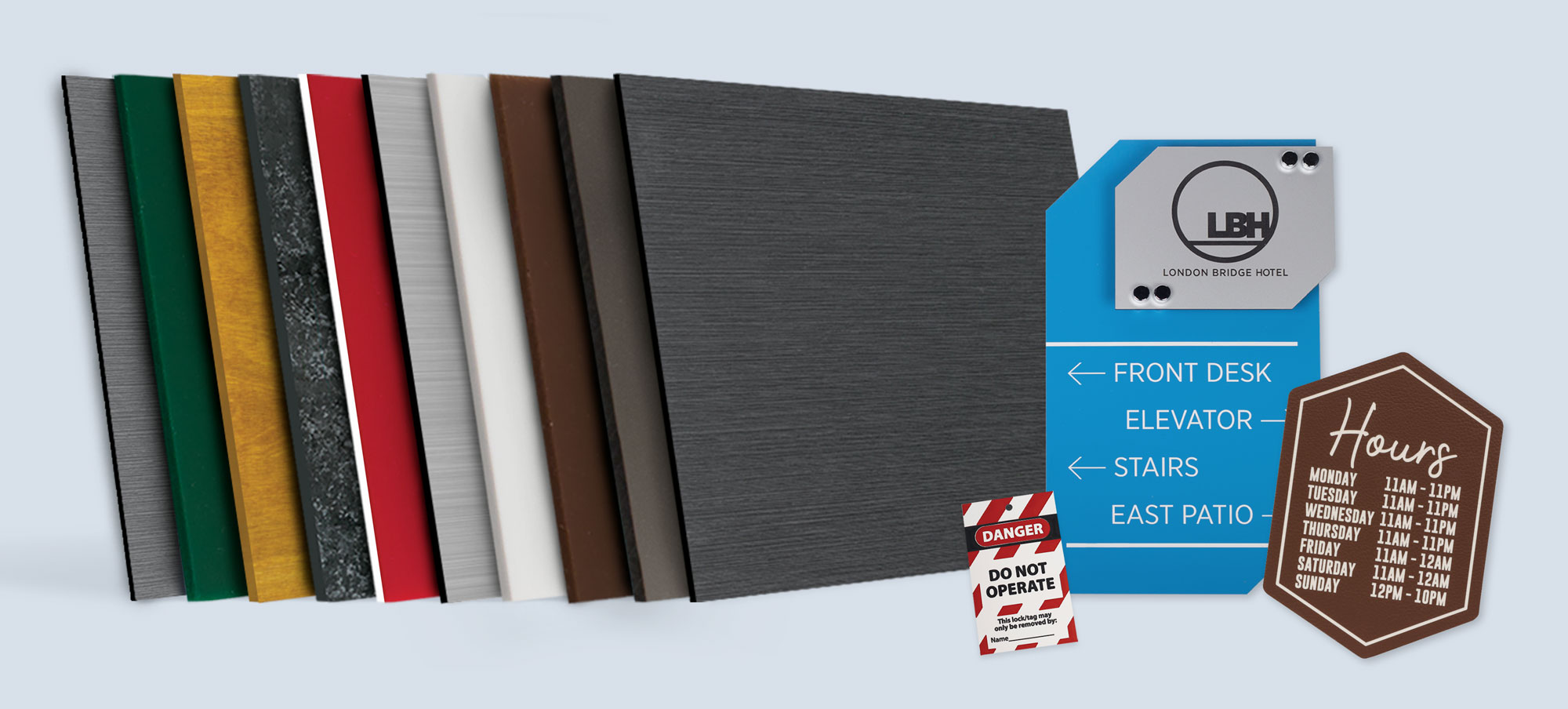
When it comes to engraving plastic, it can be overwhelming to sort through all of the available options in the market. From the different resin types, to what’s safe for a laser or rotary engraver, to specialty products and care and maintenance, there are a lot of factors to consider when choosing a plastic material to fabricate.
This is the first of a five-part series on engraving plastic. In this installment, we’ll provide an overview of the main types of plastic resins used in making engraving plastics and their characteristics, including ways to fabricate plastic sheet products, the difference between interior and exterior materials, and what types of plastics to avoid when engraving.
Acrylic vs. ABS plastic
There are two main types of plastics used in the engraving process: acrylic and acrylonitrile butadiene styrene (ABS). While they may be similar in appearance, particularly in two-ply engraving applications, each has slightly different properties that make them suitable for different applications.
Both ABS and acrylic engraving sheet plastics are typically manufactured by extruding the plastic. Extrusion allows for a wide range of thicknesses for the sheet material, ranging from 1/32” up to 1/8” or thicker. Acrylic can also be manufactured through the casting process, which produces an optically clearer sheet that comes in thicknesses starting at 1/4".
ABS and acrylic both have their advantages and disadvantages when it comes to engraving. The choice depends on the specific application, the equipment used to engrave the plastic, and the desired results.
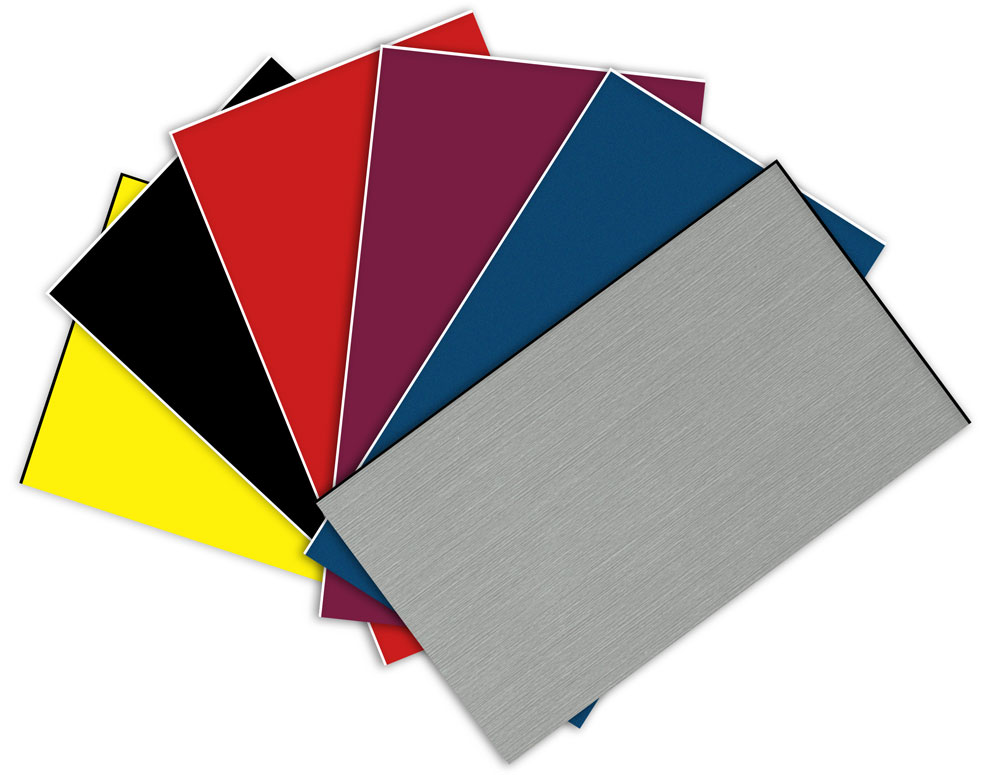

Laser vs. Rotary
Engravable sheet products made from both acrylic and ABS can be safely rotary engraved. ABS typically rotary engraves faster than acrylic because it’s slightly softer than acrylic. Acrylic requires more power and slower engraving speeds to prevent melting, but it produces cleaner and more precise engravings due to its hardness.
For laser engraving, customers should choose sheet products that are made from acrylic. Acrylic is a durable material, and laser engraving can create long-lasting and highly visible engravings that won't fade or wear away over time. This makes laser engraving a good choice for creating signage or other items that need to withstand frequent handling or exposure to the elements.
Interior vs. Exterior
Both ABS (Acrylonitrile Butadiene Styrene) and acrylic (Polymethyl Methacrylate) plastics are commonly used for outdoor applications due to their durability and resistance to weathering. However, the choice between the two depends on the specific requirements of your project.
ABS plastic is known for its toughness and impact resistance, making it an excellent choice for outdoor products that may be subject to physical stress or impact. It can also withstand exposure to UV light and extreme temperatures.
Acrylic plastic, on the other hand, is known for weather and scratch resistance. Also, depending on the manufacturing process, it can offer greater optical clarity than other types of plastic. It is commonly used for outdoor applications such as signs, including backlit signage. Acrylic also offers the advantage of being laser engravable, which can offer higher level of detail in engraving.
If you need a plastic that can withstand impact, ABS would be a better choice, while if you need a plastic that is weather-resistant, acrylic may be a better option. Be sure to check on the manufacturers recommendations for outdoor weatherability and UV-stability before you begin your engraving project.
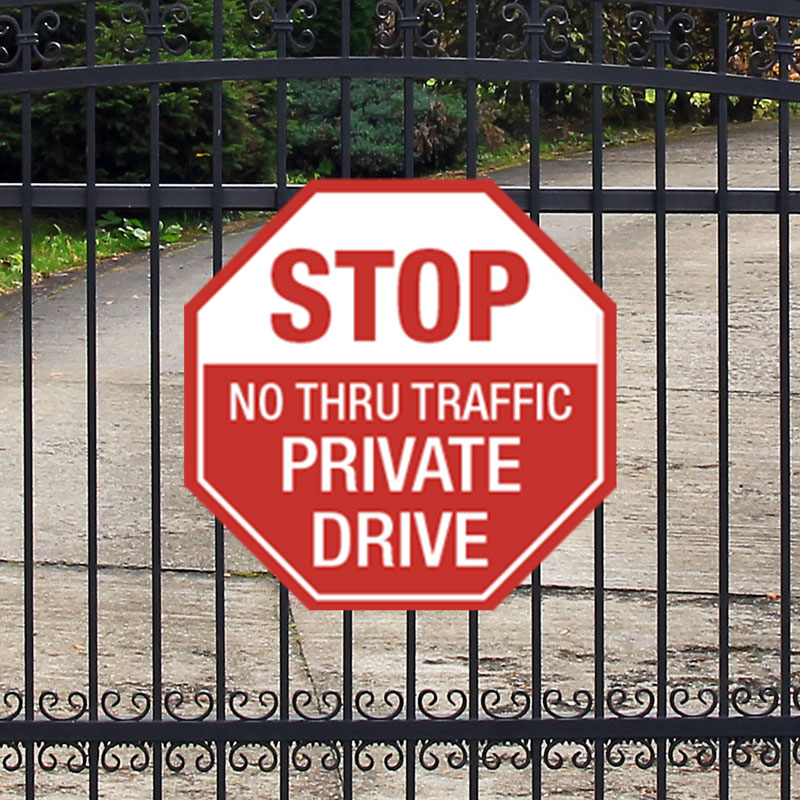

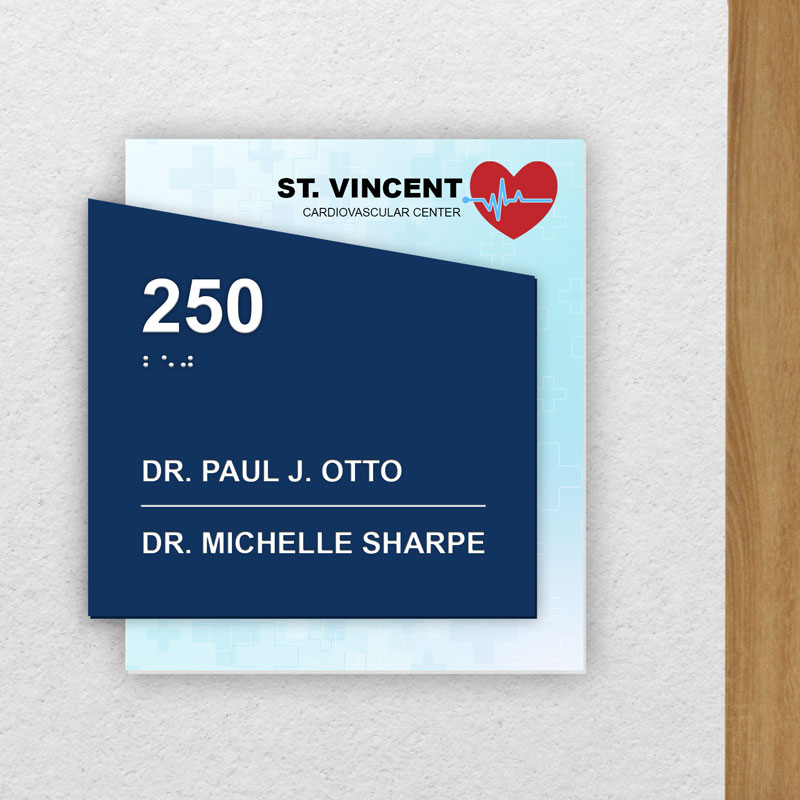

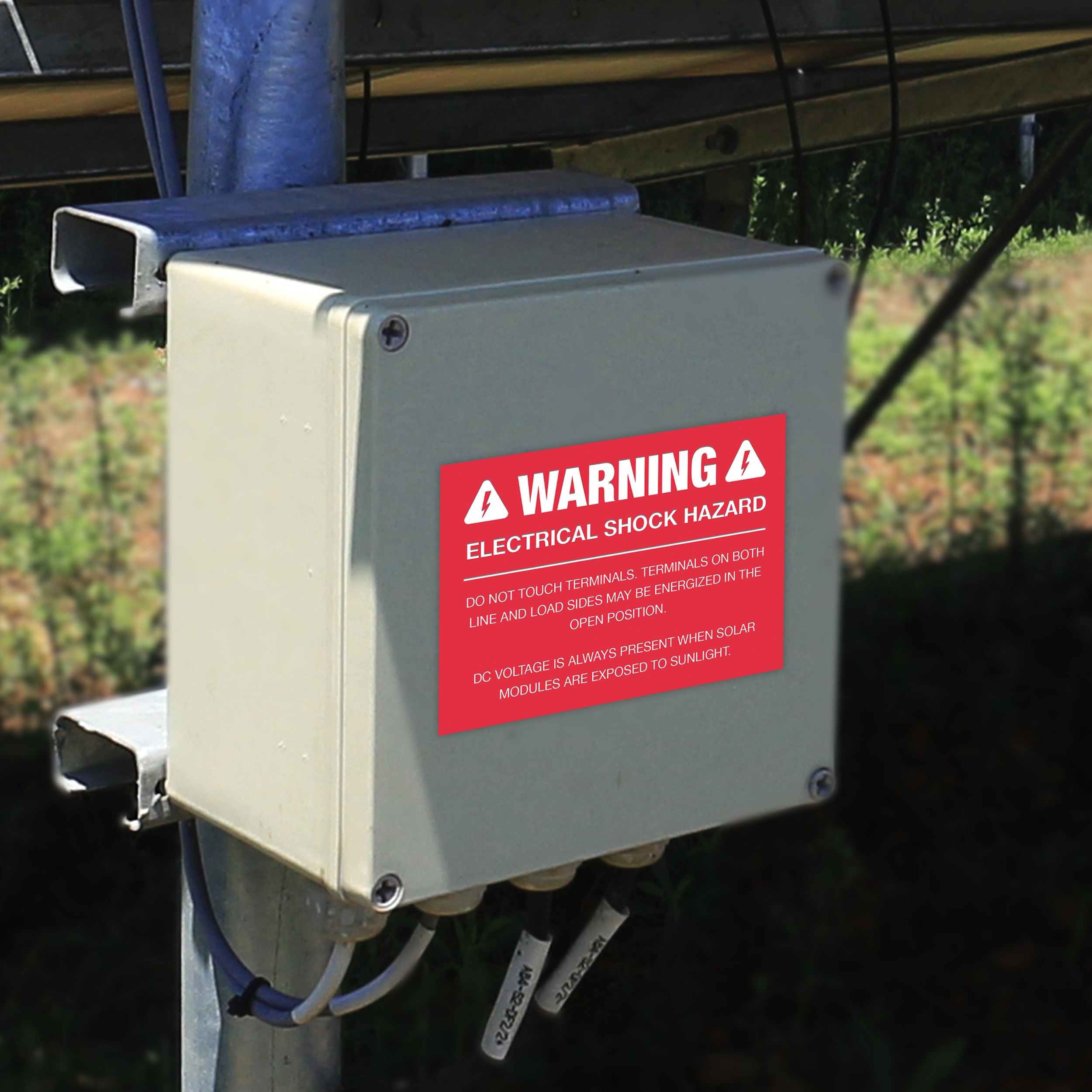

Materials/resins to avoid
With laser or rotary engraving plastics, it is generally best to avoid plastics that contain chlorine, such as PVC (polyvinyl chloride). This is because the high temperatures generated by the engraving process can release toxic fumes and potentially damage the equipment.
Some other types of plastics that may not be suitable for laser or rotary engraving include polycarbonate, which can produce hazardous fumes, and plastics that are painted or contain additives that can discolor or crack during the engraving process.
It is always best to check with the manufacturer or supplier to confirm that the plastic material you plan to use is safe and appropriate for engraving. Purchase laser or rotary engravable materials from a trusted supplier who offers Safety Data Sheets (SDS) as well as any other requested documentation to show that the material is safe to engrave.
In part two of our series on engraving plastic, we’ll take a deeper look into layered engraving plastics, including how to determine if something is front or reverse engravable and what the difference is between one-, two-, and three-layer material
